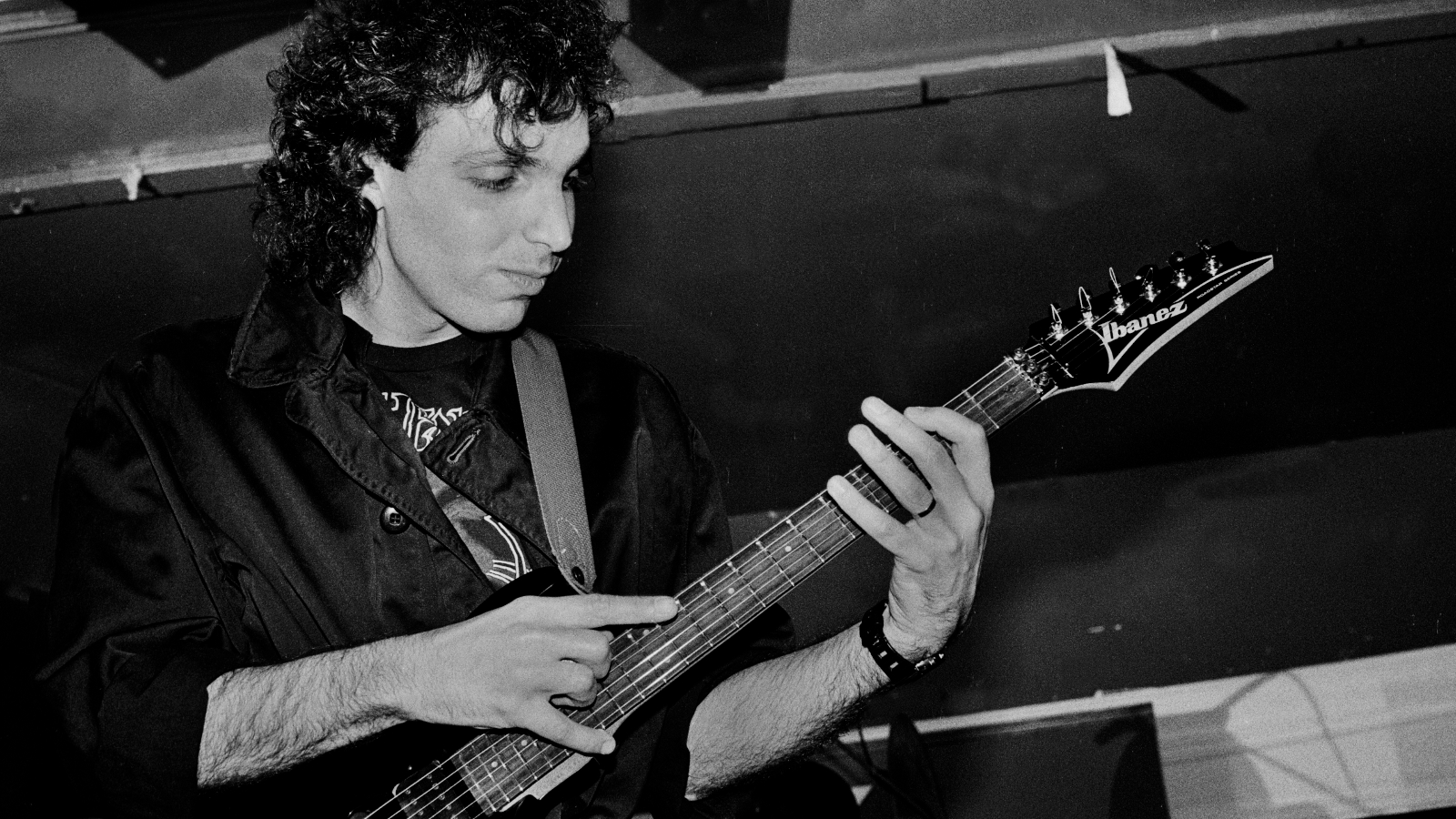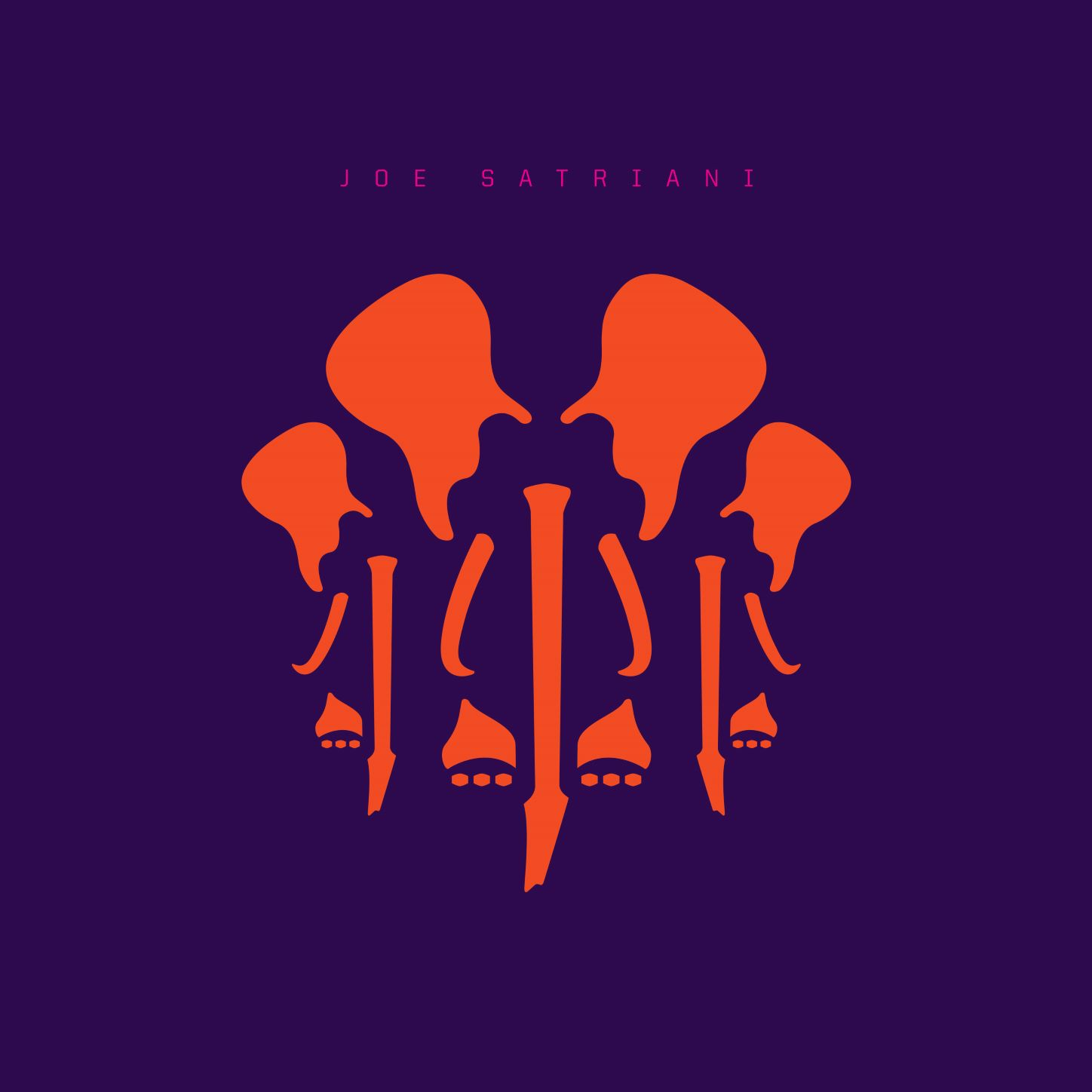“Les Pauls, Teles, and Strats Restricted Me”: Joe Satriani Explains His Devotion to Ibanez Guitars
How the virtuoso’s creative horizon expanded with Ibanez

“Whenever you’re dealing with the idea of matching a guitar sound to a song, the first thing you have to ask yourself is, ‘What do I want to say with my instrument?’ Joe Satriani told Guitar Player. “You have to consider your intentions, and that becomes context.
“Context will ultimately define if your tone is good and proper for what you’re trying to put across.”
Synonymous with Ibanez, Satriani has maintained his loyalty to the Japanese firm for decades and his signature guitars remain the engines of his creative work. So how did it all begin? “What I noticed when I was growing up and developing my style, was that Les Pauls, Teles, and Strats restricted me,” he reveals.
“I wanted to play a certain way. But my knuckles would hit the horn on ES-335s, Telecasters and Les Pauls would dig into the underside of my forearm, and things like that.”

While the Strat proved more lenient, the vibrato system still wasn’t working out for Satch. Ultimately, he needed something more stable.
“All of a sudden, the Floyd Rose comes into being,” he recalls. “It had to be invented, because somebody had to solve the tuning issue and make a better vibrato bar.
“Also, I had been putting guitars together myself with Boogie Bodies and ESP necks, and all this stuff, but it wasn’t until Ibanez sent me a 540R that I realized, ‘Hey, this doesn’t look like a ’50s guitar, and it produces a whole other sound.’”
All the latest guitar news, interviews, lessons, reviews, deals and more, direct to your inbox!
While physical comfort was a crucial factor in realizing the ultimate JS guitar, so too was sound.
It wasn’t until Ibanez sent me a 540R that I realized, ‘Hey, this doesn’t look like a ’50s guitar, and it produces a whole other sound’
Joe Satriani
“I had to start working on the sound, because the guitar has to be elegant in how it makes its transitions,” explains Satriani. “I start a song, I play a riff, I immediately go into a melody, there are little solo flourishes around the melody, there’s an intense melody that may involve totally destroying the guitar with the whammy bar and other techniques, and then go back to the melody to finish the song. I do that for two and a half hours onstage, and instruments of that ’50s design just don’t work.
“Steve Blucher at DiMarzio has been working with me for years to figure out pickups that would allow me to have a specific voice when I play melody, but also have a big, broad sound when I play chords. It’s easier said than done. There’s real subtlety in those shadings.
“In addition, Gary Brawer and Ibanez’s Los Angeles Custom Shop spent many years on getting the mass out of the tremolo bar so that it didn’t make the guitar sound boingy. It’s constant refinement, because when I play a song like “Headrush” or “Energy,” I don’t want the guitar to stop me at all.
“I need it to be open to interpretation.”

Order Joe Satriani's latest album, The Elephants of Mars, here.
- Joe BossoContributing Writer
- Rod Brakes
